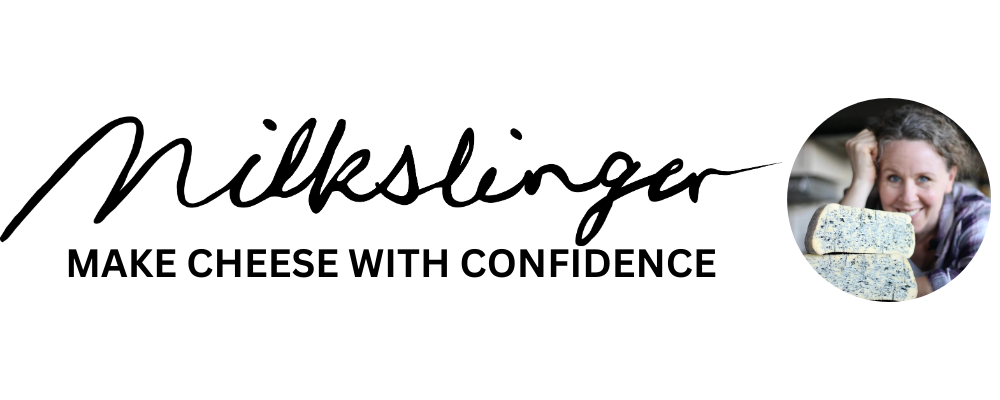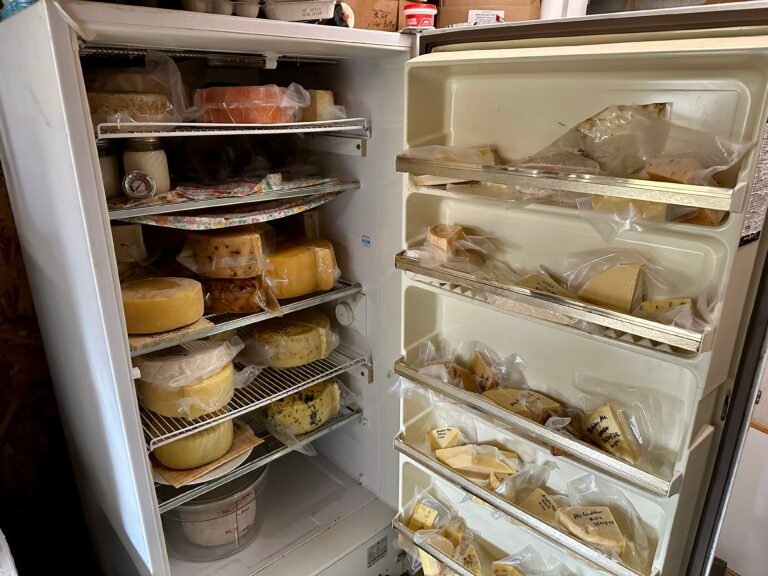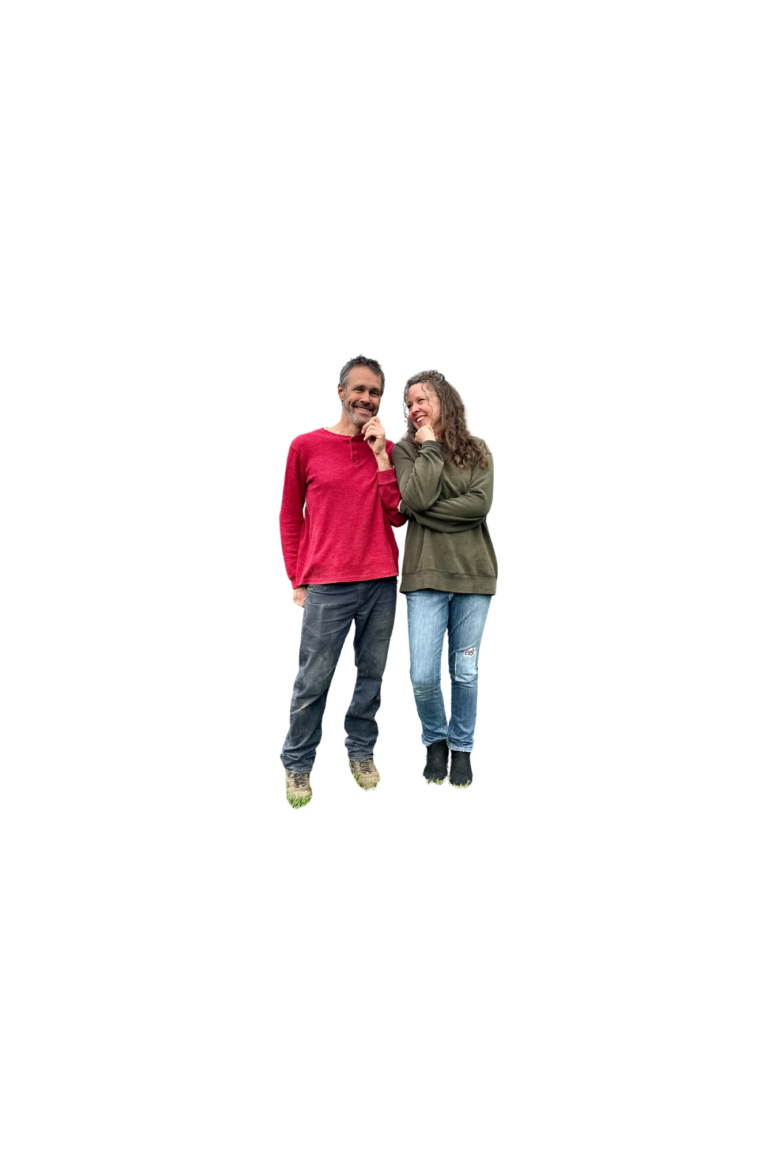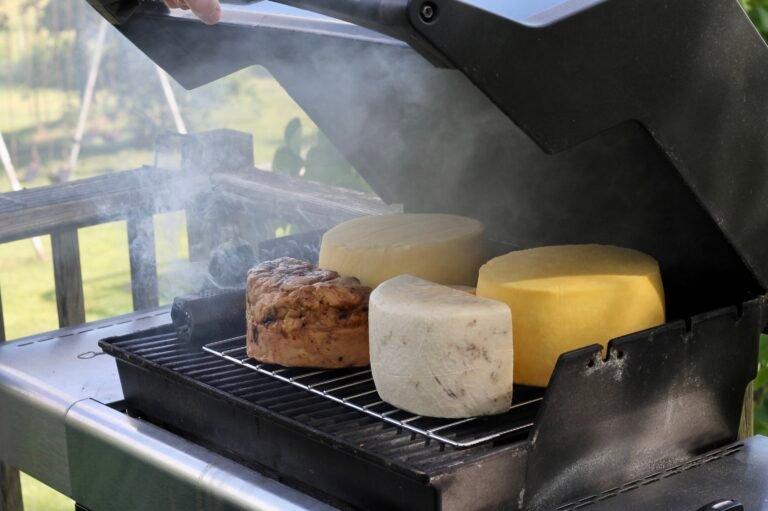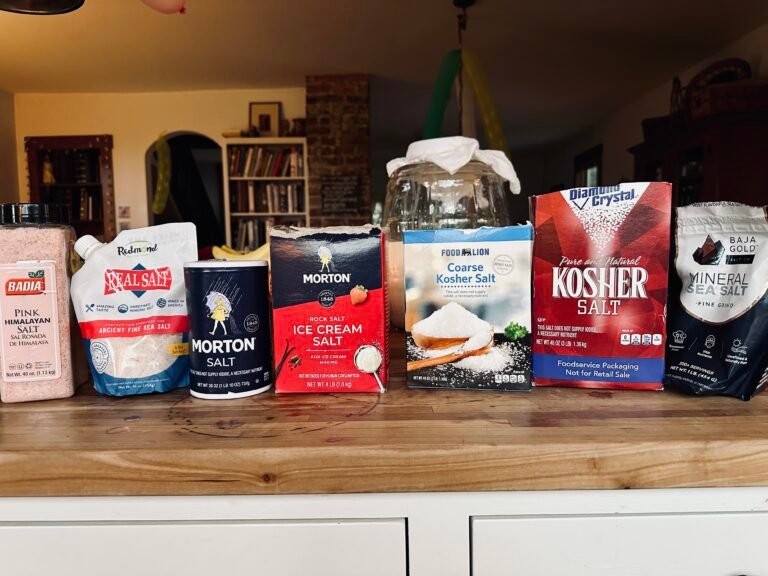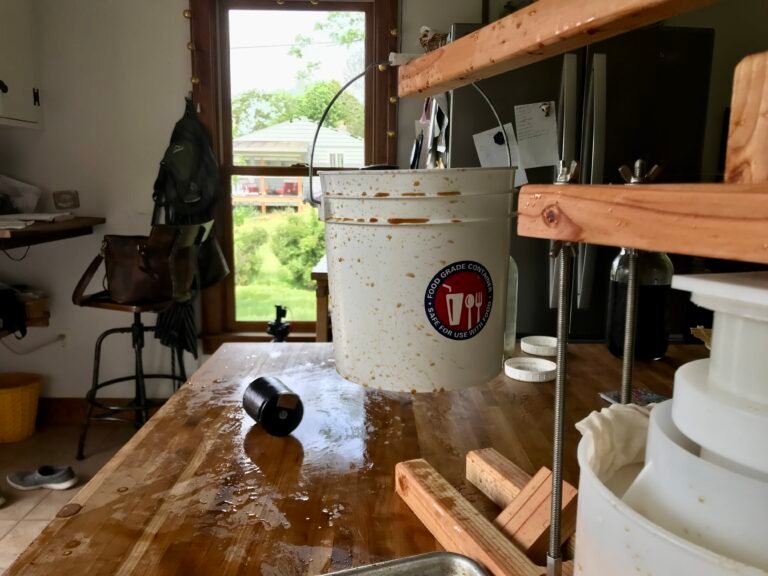My Cheese Group
When I first started making cheese three years ago, I longed for a “grandma” – someone who intuitively understood cheesemaking and who had a kitchen stool I could perch on. I never found that grandma, but when I mentioned my fantasy to a friend, she said she had a co-worker who sometimes made cheese. Maybe he would let me come watch? (He said yes!). And then another friend asked if I knew about Hannah – she made cheeses, they said – and so I emailed her, and then Hannah said she had a friend Fiona who lived over the mountain, and, well, that’s how our little cheesemaking group began.

This past Wednesday, they showed up on my doorstep laden with cheese: cheese in plastic bags, cheese in paper, cheese in kettles, cheese in jars. They brought crackers, homemade cassis and seltzer water, fruit preserves, and homemade chorizo, as well as goose eggs and currant plant cuttings to share. I set out cutting boards, knives, and homemade red raspberry rhubarb mead, and then we dug in, each person explaining the individual cheeses and then the rest of us tasting, conferring, and ooh-la-la-ing.
We are a varied group!
Kurt is more of a hobbyist cheesemaker. He usually uses raw milk from a small local dairy, or pasteurized, non-homogenized milk, and he uses freeze-dried cultures and vac-packs his cheeses, which are ridiculously creamy and soft.
Fiona hand milks her cows (and one goat). She uses primarily skim milk because 1) she calf shares, and 2) she skims the cream to make butter. She cultures her cheeses with yogurt, and natural-rind ages them. Her cheeses are nutty and hard, the rinds mushroomy.
Hannah uses raw milk from a small local dairy, and she cultures her cheeses with kefir and buttermilk. She has only made a couple cheeses over this last year, but one was a spectacular blue and the reason I said we needed to meet ASAP – I needed to taste that cheese.
I find it fascinating how we are only four people and yet there is tremendous diversity between our methods. Our cheeses reflect that.

I snagged this little hunk of Hannah’s blue for later.
Every time we meet, I learn so much. Here are a few of my notes from Wednesday’s gathering:
- Kurt brought a cheese he wanted to run by us: a pepper-studded Derby cheese that was full of holes. Is it safe to eat? He wondered. We sniffed it, declared it fine, and dug in while discussing the balance between cheese safety and the rampant contamination paranoia that seems to have taken over parts of the cheesemaking world. (The cheese was delicious, almost like a creamy pepper jack.)
- Fiona makes a 10-gallon cheese at a time! She uses a huge, oblong stainless steel water-bath canning kettle to make the cheese and two 5-gallon buckets as a mold-and-press combo, the two buckets stacked inside each other with the cheese sandwiched between them.
- None of us use a pH meter but we’re all kinda curious about them. Maybe I should get one?
- Hannah has used a five-gallon bucket as an aging box, stacking one hard cheese on top of another, separating each of them with a mat, and then clapping on a lid. She flipped them once a month or so, and they were lovely, though occasionally condensation formed on the inside of the lid and dripped on the top cheese, creating a wonky spot.
- A small kettle makes for an excellent single-cheese aging “box,” and a domed lid prevents condensation from dripping on the cheese.
- When making quick mozzarella, Fiona uses 1 quart of yogurt (instead of vinegar) as culture for 2 gallons of milk. She briefly hangs the curd and then chops it into matchsticks before adding it back to the whey for the heating and stretching part. It tasted fabulous and I took notes – I wanna try to replicate it.
- I am mystified by the creamy texture of Kurt’s cheeses. How does he do it?!
- Fiona’s mozzarella was cultured with kefir, as was Hannah’s blue, and neither of them had any kefir-flavored funk. Maybe I need to rethink my hatred of kefir?
- Fiona mentioned dry-brushing a cheese for several months and then, when it started to crack, she oiled it, stopping both the mold growth and the cracking, and making for a delicious cheese. Another thing I want to try.
- Kurt has taken to measuring out the exact amount of salt per cheese and then tossing all the salt into a zip-lock bag along with the cheese. He flips it every day or so – doesn’t even bother removing the moisture that collects in the bag – and then once all the salt has absorbed, he air dries the cheese.
- Fiona says that the molds in her cheese cave (a large wine cooler) appear to be vying for power: sometimes her cheeses are covered in blue and other times white mold takes over. It’s a zoo in there!
- They all agreed that the blue mold that’s growing on one of my natural-rind cheeses smells like basement and is not normal. (I forgot to brainstorm solutions with them, shucks.)
- Hannah’s killer blue cheese was inoculated with a piece of commercial blue, a method I have yet to try.

Kurt’s luscious, creamy cheddar.
After they left, I was surprised to discover that I felt semi-depressed. We’d had so much fun, and yet I felt grumpy, frustrated and disgruntled with myself. I couldn’t help wondering: why don’t my cheeses turn out like Kurt’s creamy cheddars or Hannah’s sultry blues or Fiona’s meaty Parms? There is so much I don’t know! Will I ever feel confident? And who the heck am I to think I know enough to have a YouTube channel? Good grief.

Look at that rind!!!
But then I started thinking of all the cool stuff I learned in three short hours, and my internal critic began to settle. Yes, I may never “arrive” and that realization is unsettling.
However, do I actually want to know everything? No. No, I do not. That would be boring.
So sure, the learning is endless and mastery elusive, but looked at properly, that’s simply an invitation: just think of all the cheesemaking, I mean playing, I have ahead of me!

